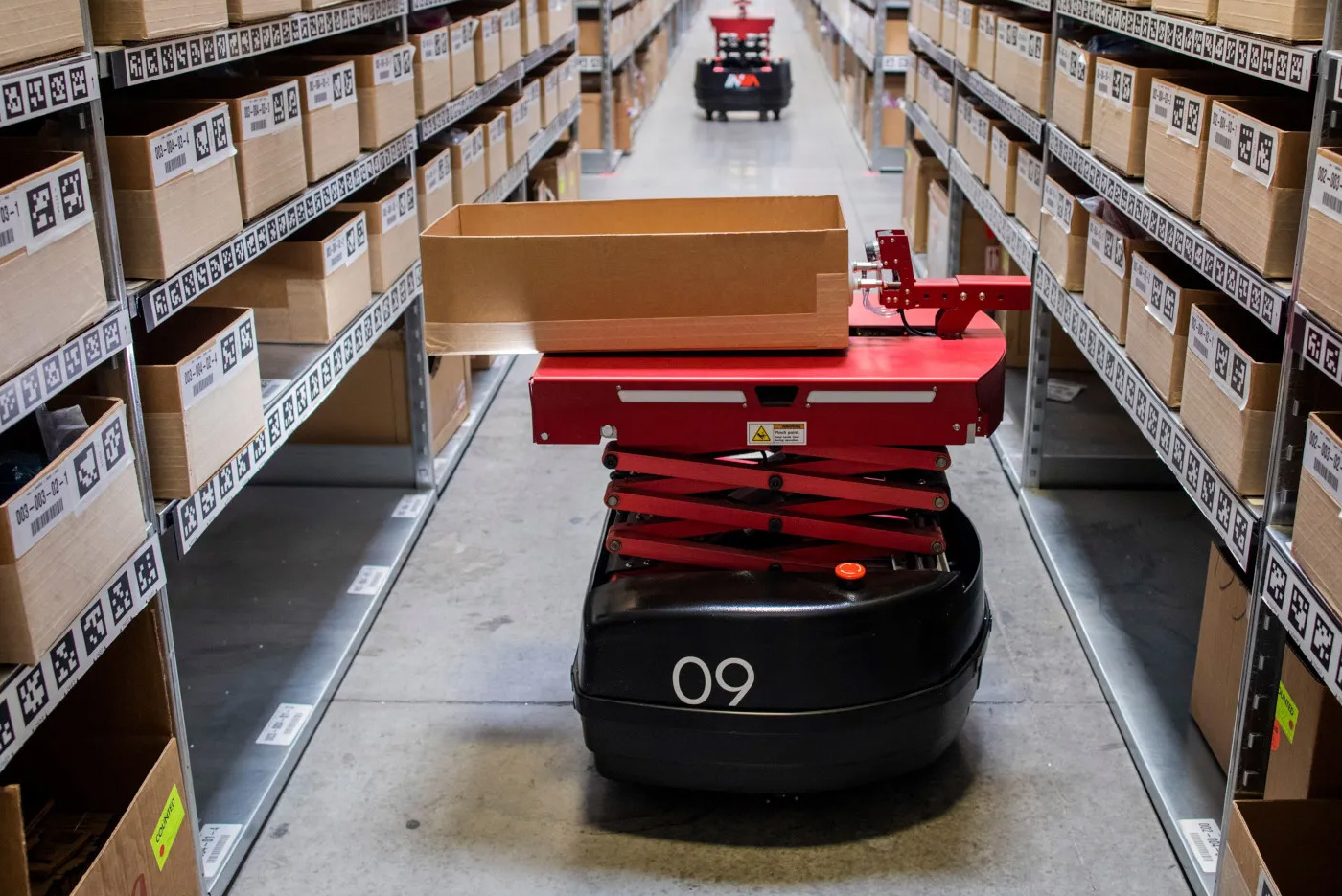
Modern Shipper, Warehouse automation and fulfillment
Retailers selling online have benefited from the ecommerce surge engendered by COVID-19, but as with anything else in this industry, they can’t afford to rest on their laurels — particularly as reopened physical stores up their game. Ideally, of course, omnichannel retailers will find ways to provide a seamless experience no matter what touchpoint a shopper uses or where they are in their purchase journey.
Why Ecommerce Growth Will Benefit from Brick-and-Mortar Stores’ New Role
It’s true that double-digit growth in U.S. ecommerce is expected to continue in 2021, according to eMarketer, which also projects that digital sales in the U.S. will surpass $1 trillion in 2022. And yet despite this recent huge growth in eCommerce, physical retail still maintains a firm foothold: Forrester predicts that the vast majority of retail — 72% — will still take place offline as far out as 2024.
“Retail has survived since biblical times roughly in the form of a physical space with product available to sell and the exchange of funds for that product,” said Jonathan Sharp, Managing Director at the Alvarez & Marsal Consumer and Retail Group. “Don’t get me wrong, I’m not pretending ecommerce doesn’t exist, but I think it would be a real failure of imagination if this is the moment, 2,000 years on, where we can’t imagine a future for the physical shop. That would be quite something.”
As the separation between physical and digital continues to blur, retailers must throw out traditional ideas about the role physical locations play in the customer journey. Stores will become inspiration hubs and fulfillment centers as much as they are purchase points, and eCommerce touchpoints such as apps and websites will be crucial facilitators for all stages of shopping.
Moving Closer to the Omnichannel Ideal
Key to success will be the ability to offer a unified, seamless flow from online to brick-and-mortar and back again. That means having one system of record for customer data that all others systems can tap into, said Emily Pfeiffer, Senior Analyst at Forrester: “[Store] retailers and digital businesses still talk about the experiences they create as if they are two separate things, but customers don’t think about it that way,” she said in an interview with Retail TouchPoints. “[Consumers] have an experience with a brand or a retailer — it’s all tied together whether they’re in an app, in a store, online, talking to someone or calling. And if they have an interaction in one channel that the next channel is unaware of, they feel like they’re not understood, not respected by that retailer. That omnichannel view of understanding is terribly important.”
For example, if a customer returns an item and the reason for that return is logged, yet that same customer continues to see recommendations for similar products or items with the same problematic feature, retailers are missing not only opportunities for future sales but also for building rapport with that customer.
Consumers Want More Options but Less Friction
With once-rare functionalities such as BOPIS, same-day delivery and curbside pickup now established as the norm, retail is in the midst of a paradigm shift. “We know that today, the fulfillment option that consumers most hope to continue to use moving forward is curbside pickup,” said Pfeiffer. “Before the pandemic, it was something that a few retailers were maybe testing, but it wasn’t pervasive. It took a pandemic to give consumers a fulfillment option it turns out they really wanted. And although [curbside] is No. 1, the other preferred fulfillment options are in really close succession, so what consumers really want is options.”
To deliver on this, stores are increasingly doing double duty as fulfillment centers. In fact, the growth of ecommerce could lead stores worldwide to dedicate as much as one-third of their space to online order fulfillment, according to research from Edge by Ascential.
The overarching themes of the coming decade are finding ways to remove friction at every turn, and offering consumers the options to shop in whatever way best suits them in the moment: “Checkout is also a huge piece, meaning not having to fill out all your information, so having things like single sign-on or authentication through Apple Pay,” said Matt Maher, Founder of technology-focused consultancy M7 Innovations in an interview with Retail TouchPoints. “If you don’t have checkout that’s really fast, if you don’t have great customer service just in case anything goes wrong and if your logistics and operations aren’t sound, then people are not going to be happy and/or they’ll just not shop with you again.
“Where we’re moving to, it’s not going to be siloed into physical and digital,” Maher added. “It’s going to be one customer experience, and [shoppers] are going to want what they want, when they want it, wherever they want it.”


